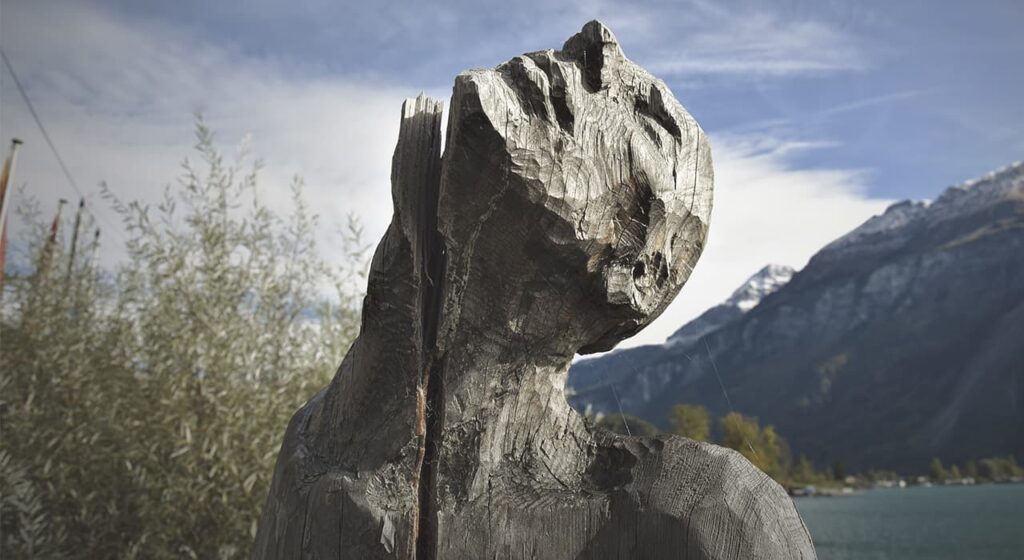Almost any material capable of being shaped in volume can be used in sculpture. But certain materials such as stone – especially hard limestone (marble) – wood, clay, metal (such as bronze), ivory and plaster have exceptional “plastic” properties and have therefore proved most popular with sculptors since prehistoric times.
Stone sculpture
Stone sculpture, probably the earliest form of monumental sculpture as well as the best medium for monumental works, was common in many Stone Age eras of the Paleolithic. Prototype works of prehistoric stone sculpture include a basalt statue known as the Venus Berehat Rama (c. 23,000 B.C.) and a quartzite statue known as the Venus Tan-Tan (c. 20,000 B.C. or earlier). Since then, probably the largest array of stone sculpture has been the series of column statues and reliefs made for the great European Gothic cathedrals of Chartres, Notre Dame de Paris, Amiens, Rheims, Cologne and many others, between 1150 and 1300.
Jade sculpture
The most famous form of hard stone sculpture, jade carving has been a specialty of Chinese craftsmen since Neolithic times. Jade and jadeite are the two most common types of jade stone, although bowenite (a form of serpentine) is also used.
Wood sculpture
Wood carving is the oldest and most continuous type of sculpture. Particularly handy for small works, wood carving was widely practiced in the prehistoric era and then in the era of early Christian sculpture – such as the gilded oak carving known as the Hero Cross (965-70, Cologne Cathedral) – and the Golden Age was in the West, especially in Germany, in the late medieval art era: Witness the exquisite religious wood carvings of German woodcarvers Feith Stoss (1445-1533) and Tilmann Riemenschneider (1460-1531).
Bronze sculpture
Bronze sculpture is a complex process that was developed independently in China, South America, and Egypt. Bronze casting requires modeling the mold in clay, plaster, or wax, which is later removed after the molten bronze is poured. The wax method was a common technique during the Renaissance. It was also a widely used technique in African sculpture from Benin and Yoruba.
Clay sculpture
Clay sculptures date back to the Stone Age Paleolithic period. Known (when fired) as terracotta sculpture, it is the most malleable of all molding methods, versatile, lightweight, inexpensive and durable. Although clay was mainly used for preliminary models, later cast in bronze or carved in stone, it was also used to create full-scale sculptures.
